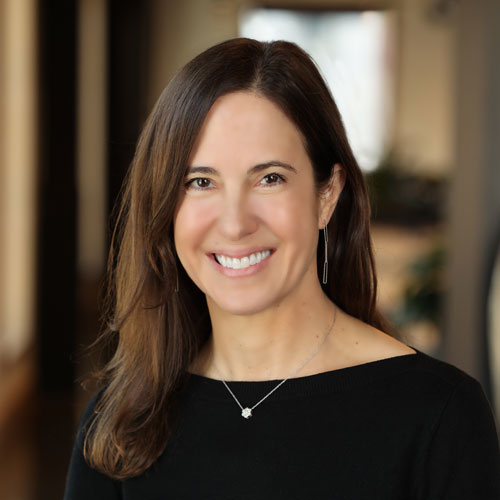Patient navigation practices and value-based care models have been around for decades. Only over the past several years has the healthcare industry more fully embraced the combined potency of these patient-centered models, especially when directed at populations battling specific chronic conditions. To appreciate the implications of these trends and the industry’s evolution on each front, it’s well worth understanding the array of services at the intersection of patient navigation and value-based care.
Learning from Early Models
The concept of patient navigation first appeared in the early 1990s and quickly helped shape the strategies of value-based care’s forerunners. Early adopters showed mixed results, and many struggled to manage the complexities of various care environments, the unique needs of specific patient populations, and the economic incentives required to scale these innovations.
While organizations deploying patient navigation faced many challenges, two stand out: first, these navigation frameworks relied on brief patient interactions rather than in-depth conversations that yield actionable information. Second, and perhaps more importantly, organizations often targeted generalized groups of patients who suffered from a range of chronic illnesses, and the interventions relied on generalists as navigators. It’s an understandable impulse, especially given the shortage of clinicians across all medical subspecialties and the growing number of seniors, in particular, with multiple chronic illnesses.
Indeed, as value-based care organizations proliferated in the ACA era, they, too, typically followed broad-based strategies. While demonstrating pockets of success, it may not be a coincidence that these organizations have been scrutinized for failing to transform the U.S. healthcare system at scale.
Strategies for Success
The transformative potential of value-based care is best achieved not with one-size-fits-all patient navigation approaches but with a common sense strategy based on the premise that no two conditions and no two patients are the same. While even disease-specific navigational interventions can fall short, we believe that several ingredients enable success:
Core Ingredient 1: Deep – and truly objective – expertise.
No matter the patient’s health disorder, deep clinical expertise can be costly for any organization to develop and challenging to extend across any team of patient navigators. Training and technology can help, but there are no shortcuts to maintaining the trust of all stakeholders; cutting-edge, evidence-based clinical intelligence is the lifeblood of any navigational model.
Core Ingredient 2: Long-term patient engagement.
Patients are not trained to rely on navigators, so it can be challenging for clinical navigation companies to build long-term relationships with them. It pays dividends to bring great care to the earliest communications with patients, and it starts with having the right people asking the right questions at the right time, listening closely to the answers, and following through – and following up – in a timely manner.
No matter the patient’s health disorder, deep clinical expertise can be costly for any organization to develop and challenging to extend across any team of patient navigators. Training and technology can help, but there are no shortcuts to maintaining the trust of all stakeholders; cutting-edge, evidence-based clinical intelligence is the lifeblood of any navigational model.
Core Ingredient 3: Trusted partners across the healthcare spectrum.
Clinicians can be rightfully dubious of any care-navigation system that might divert prospective patients elsewhere. Effective care-navigation strategies, however, help clinicians of all kinds serve more of the right patients, not just any patients, by authentically demonstrating that, in reality, navigation specialists can position themselves to succeed.
We’ve found that these three ingredients, when combined in the musculoskeletal context, can benefit every key constituent in the healthcare value chain – patients, most importantly.
Benefits of Getting It Right
- Patients get true expertise when they need it. Patients and PCPs rarely have the chance to get to the root of specific chronic conditions during a routine visit. Still, specialized navigators who stay engaged over the long term have the time and expertise to help patients more effectively address such issues.
- PCPs are not only time-constrained, but they’re practicing in an era of ever-expanding complexity when it comes to treatments and medications for patients with chronic illnesses. Specialized navigators essentially extend the PCP’s scope, reach, and impact.
- Medical specialists want to see the right patients at the right time so they can maximize the impact of their clinical training. Navigators who are more deeply trained in a given medical specialty can satisfy this critical need.
- Health plan leaders want healthier and more satisfied members. Specialized navigation services that build authentic and long-term relationships with their more complex patients help payers succeed on both fronts.
We believe in a future where excellent patient navigation frameworks help deliver real value to patients, providers, and payers alike. We believe that sharing best practices and even painful lessons learned can help us reach this future sooner rather than later. We welcome deeper conversations with industry partners and counterparts to achieve this, and we look forward to hearing from you.

By Rachel Winokur, Chief Executive Officer
Rachel Winokur is a seasoned executive with an unwavering passion for transforming healthcare through value-based models. Thriving at the intersection of payers and providers, she understands how to build programs that improve clinical and financial outcomes.
As CEO and founder, Rachel launched TailorCare to find a better musculoskeletal (MSK) care solution. She oversees a strategic vision that closes the gap between patients and providers and creates a better experience for everyone.
Before founding TailorCare, Rachel launched Bright Health Group, where she was Chief Business Officer before founding and serving as the CEO of NeueHealth, the risk-based primary care business at Bright. She has also worked in executive roles at Aetna, The Carlyle Group, Bertelsmann and Goldman Sachs.

